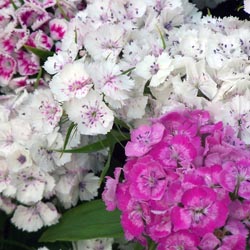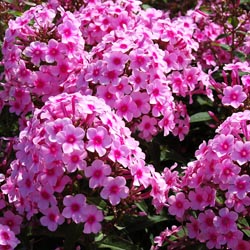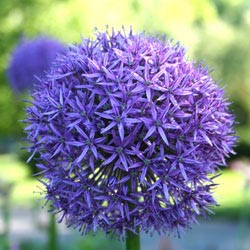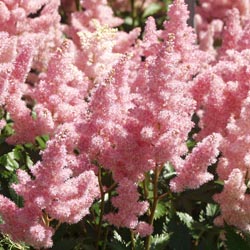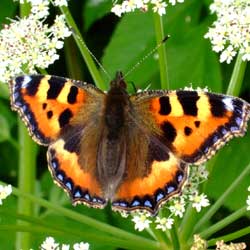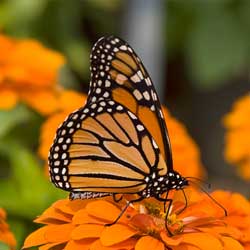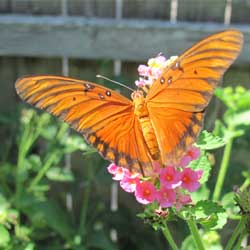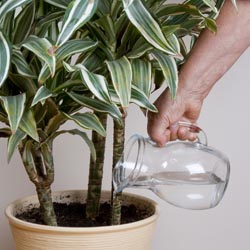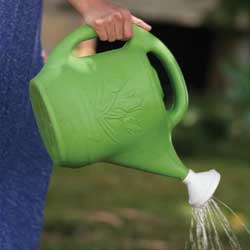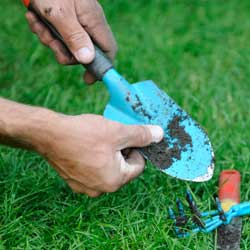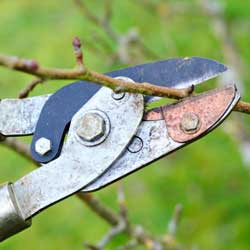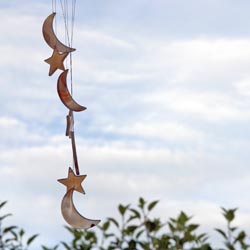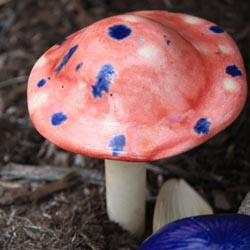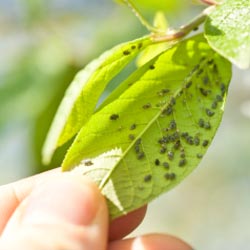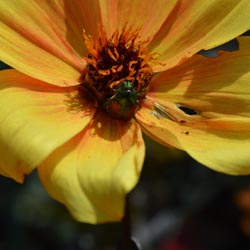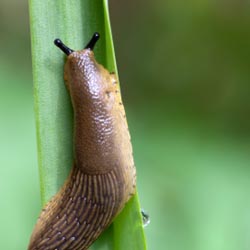The classic gardener’s dilemma is whether to cut flowers for enjoyment or leave them to look nice in the garden. Often, removing flowers from the border can make it less attractive and leave an unsightly hole in the overall garden design. The cutting garden solves this problem and allows you to grow many plants that have beautiful cut flowers but are less than lovely in the garden. For example, many varieties of carnations have a tendency to flop with their heavy flower heads. The cutting garden offers an excellent place to hold perennials in reserve until you are ready to plant them in the garden, and it is a great place to practice with new perennials.
Planting Perennials for Cutting
Traditionally, the cutting garden has been basically utilitarian with perennials grown in rows like a vegetable garden. But, by growing enough plants (a minimum of three) of each perennial in your garden, you will have plenty of flowers to make the garden more attractive. Plant the tallest flowers so they don’t shade the shorter ones, and consider more natural curves and groupings in your garden so any missing plants aren’t so obvious.
Perennials for Cut Flowers
Many beautiful perennials are ideal for a cutting garden. While you should choose blooms that will thrive in your climate, soil type and yard conditions, these are popular choices that do well in many different areas…
Achillea Aconitum Allium
Anemone Anthemis Aquilegia
Armeria Asclepias Aster
Astilbe Boltonia Campanula
Catanache Centranthus Chrysanthemum
Convallaria Coreopsis Crocosmia
Delphinium Dianthus Dicentra
Doronicum Echinacea Echinops
Eupatorium Filipendula Ferns
Gaillardia Geum Grasses
Gypsophila Helenium Helianthus
Heliopsis Hemerocallis Heuchera
Hosta Iris Kniphofia
Lavendula Liatris Lillium
Lobelia Lupinus Lysimachia
Lythrum Paeonia Papaver
Penstemon Perovskia Phlox paniculata
Physostegia Platycodon Rudbeckia
Salvia Scabiosa Solidago
Stokesia Thalictrum Trollius
Veronica
Study different cultivars of each type you are interested in, and don’t forget to include greenery as well as blooms to enliven and fill out your cut bouquets.
Tips to Increase the Lifespan of Cut Perennials
While flowers may last longer in the garden, that doesn’t mean they will immediately wilt once they are cut. To make your cut perennials stay plump and fresh for longer…
- Cut flowers in the morning or evening when they are most turgid.
- Use a sharp knife or pair of scissors to make a clean cut. Plunge stems into water immediately.
- When arranging the flowers, remove any foliage from the base of the stems (no leaves should be underwater). Re-cut stems before putting the flowers in a vase.
- Place your arrangements in a cool room out of direct sunlight and change the water daily.
- Add Floralife, a preservative, to prolong flowers.
A cutting garden can be a beautiful and practical addition to your yard, and while it may need different care than your other landscaping, it can be just as vibrant.
